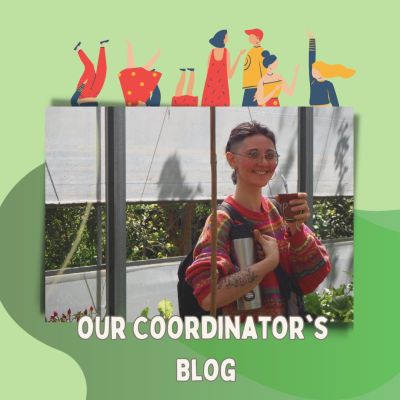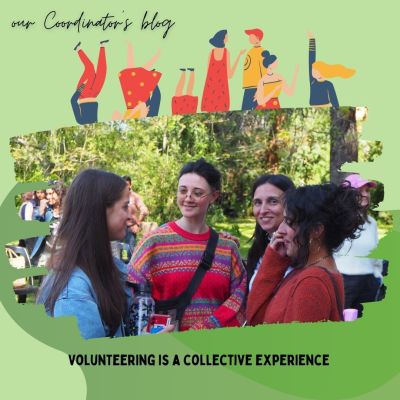Coming from the UK I brought English pounds in cash, and my bank card.
Withdrawing money at an ATM was simple. But! It was very expensive, with very high charges and at a terrible exchange rate. And, I could only withdraw small amounts of cash, meaning the charges were almost equal what I could withdraw. The money I could withdraw daily was not really enough to go out for a meal or cover daily expenses.
It was therefore necessary to use my credit card when I went out for a very nice meal at my favourite, a little expensive, restaurant.
The meal for two came to 22,000 pesos. Not cheap but the best sushi in town. With the blue rate, that was around $80 US. When I checked my statement, I saw that the meal cost me $180! I hadn’t been overcharged, it was the extra charges from the banks here, taxes and being charged at the official rate.
I had been told about the “blue rate.” The blue rate, or dollar blue is usually double that of the official exchange rates, and available from some cambio kiosks in the city centre and bigger towns. It is also similar to what you get in the tourist areas, from the Cambio men/women in the street. Many people are wary of the street cambio people because we are told that the money could be fake or you might be robbed. But I have had no bad experiences. If you want to use these people you can always have a friend with you.
However, the best rate of exchange I have found is through the Western Union offices. Quite simply you transfer money to yourself via their website or App and collect the cash at the office. You need only the transaction number and your passport. A rough example is official rate 150 pesos to a dollar, cambio man 280 pesos, and western Union around 300 pesos (please take the amounts as an example as rates change daily). When you’re here it’s quick to google the dollar blue rate and you can choose the best option.
All of this leads me to the dilemma facing Voluntario Global and the value of donations. In Europe and the USA we have been made suspicious of charity donations, so when we donate we like to be sure the money is going to the right place. So like me, most people want too make the donation through a bank transfer. The money definitely goes to where we want it to. Unfortunately, in Argentina, more than half the money is lost to the banking and government system. For starters, the value of the donation is halved by the official exchange rate. Then the banks take their charges, so there’s very little left by the time Voluntario global receive it.
For Voluntario global, the best option is for volunteers to bring the donation in cash. Ideally in US dollars. The dollars can then be exchanged at the blue rate!
But! Argentina has one more trick up it’s sleeve!
For reasons lost in the annuls of time, any old dollar is called a “chica” (it has a smaller face of the person representing each dollar). This means it is given around 5% less value than a new one. It makes no sense. And no amount of arguing will change their minds. So, if you can bring the donation in cash, please bring it in US dollars, and better if it's new dollar bills.
Thank you for taking the time to read this.
You can contact me on This email address is being protected from spambots. You need JavaScript enabled to view it. for more information!
[MAY 2021 UPDATE]
Earlier this year, the government announced that it would be refunding some of the taxes to users of credit and debit cards of foreign tourists. I greeted the news with much relief having spent much of the past year queuing at western union offices for cash.
After a series of "test runs" I can confirm that you will receive a proportion of the excess tax credited back to the card, (in
For example I bought a shirt with a $50 US ticket price, using my visa debit card. The receipt showed $50. Later, my bank account showed £92 sterling was taken. So more than double the price. After one month i received a refund to my account of £32 sterling. I think leaving a final cost 20% more than the ticket price. A significant improvement, but still
Other travelers tell me that visa is the best/fastest to refund, but it can vary depending with whom you bank. Revolut and Mono bank cards are popular alternatives.
Western Union appear to have increased their fees this month. Before now a £200 transfer would cost £7.90. This has increased to £10.90. Again I would say this is a significant extra cost!
For now, I will continue with $100 bills and WU as my main source of cash, knowing that I can use my bank cards, but only in an emergency! (I am still waiting after 5 weeks for a refund on waterproof clothing for trekking in Ushuaia!)
I recommend you research alternatives before you come!
Good travels!!
![Neil's Tips: Argentina and the dollar [UPDATED]](/media/k2/items/cache/da22e32f78e379097189580a04383c67_L.jpg)




